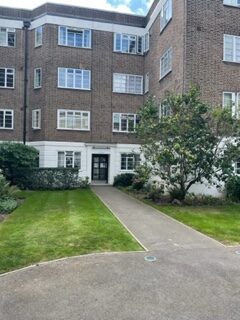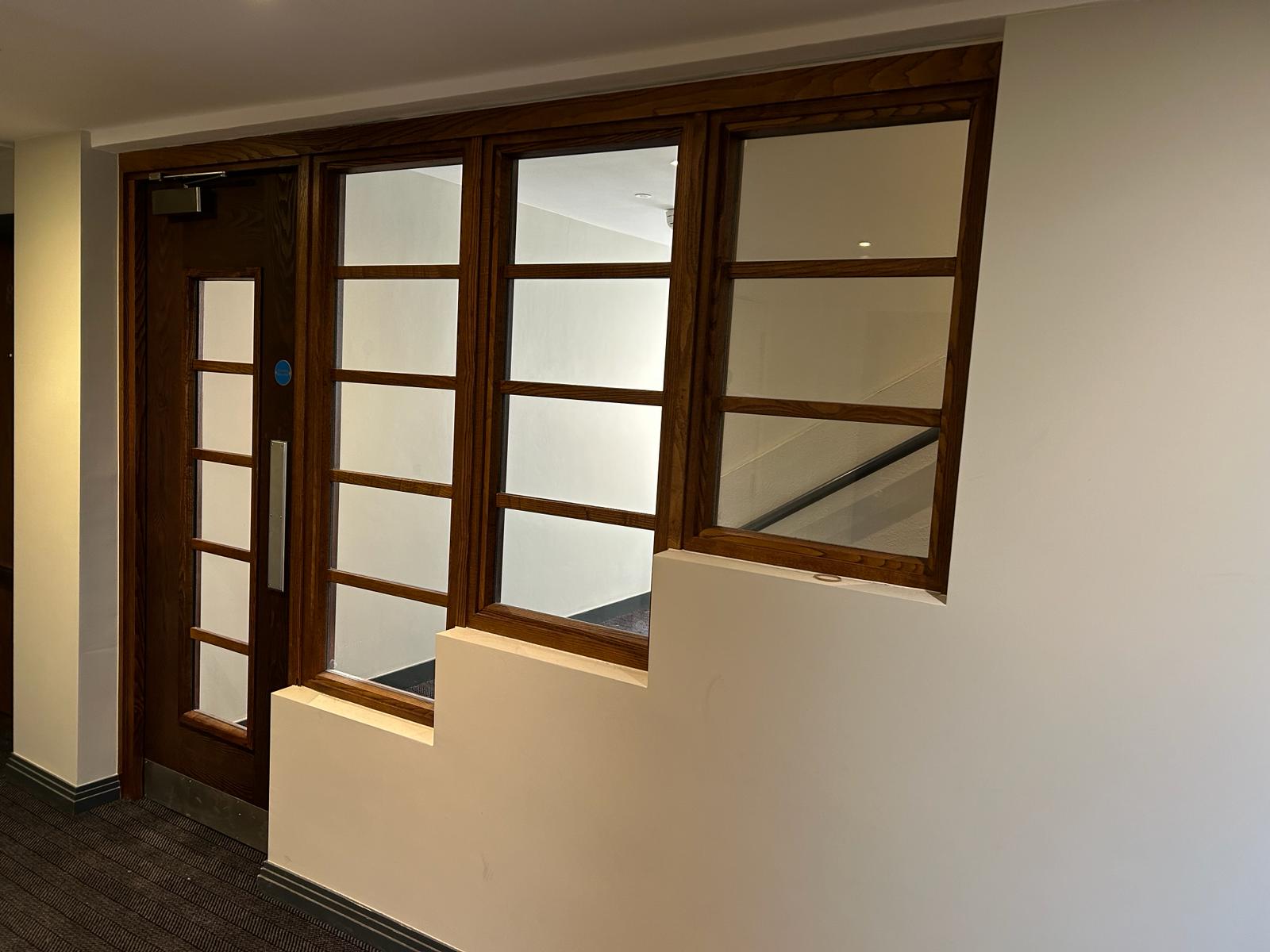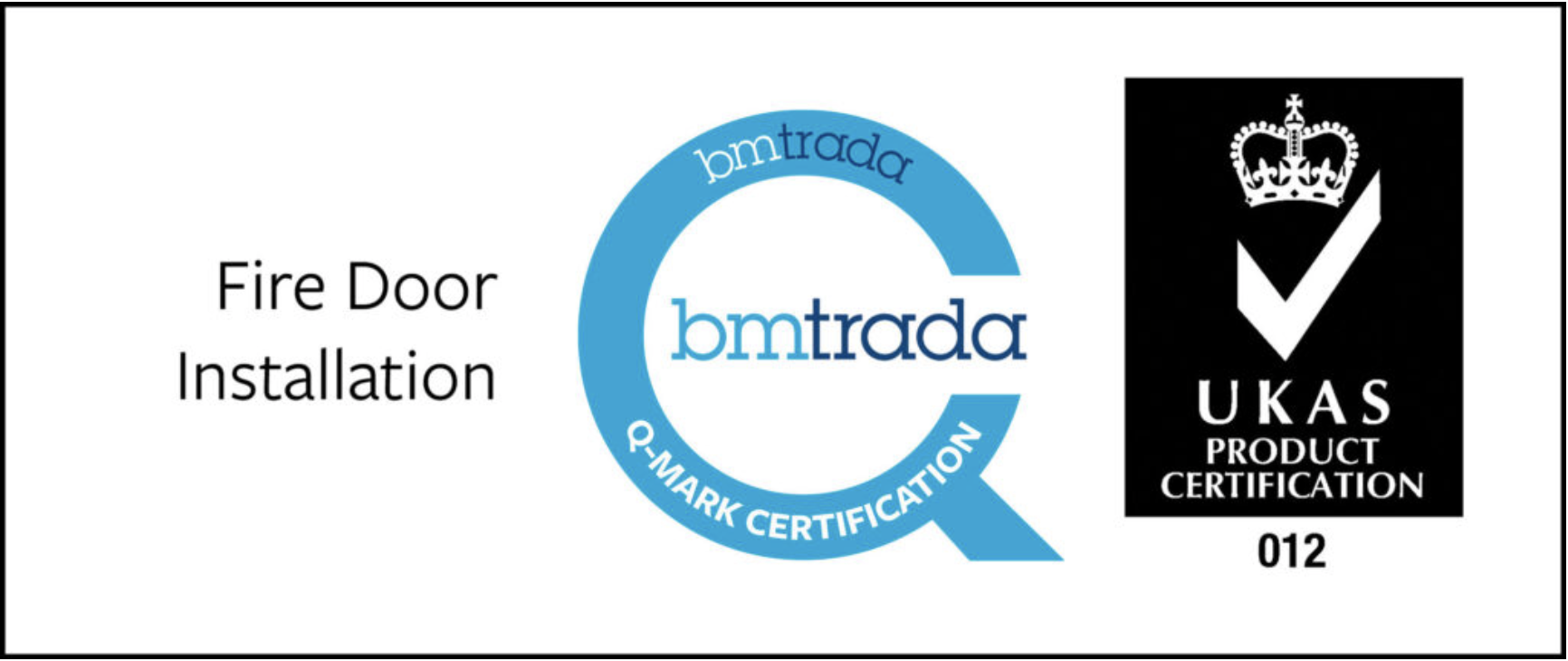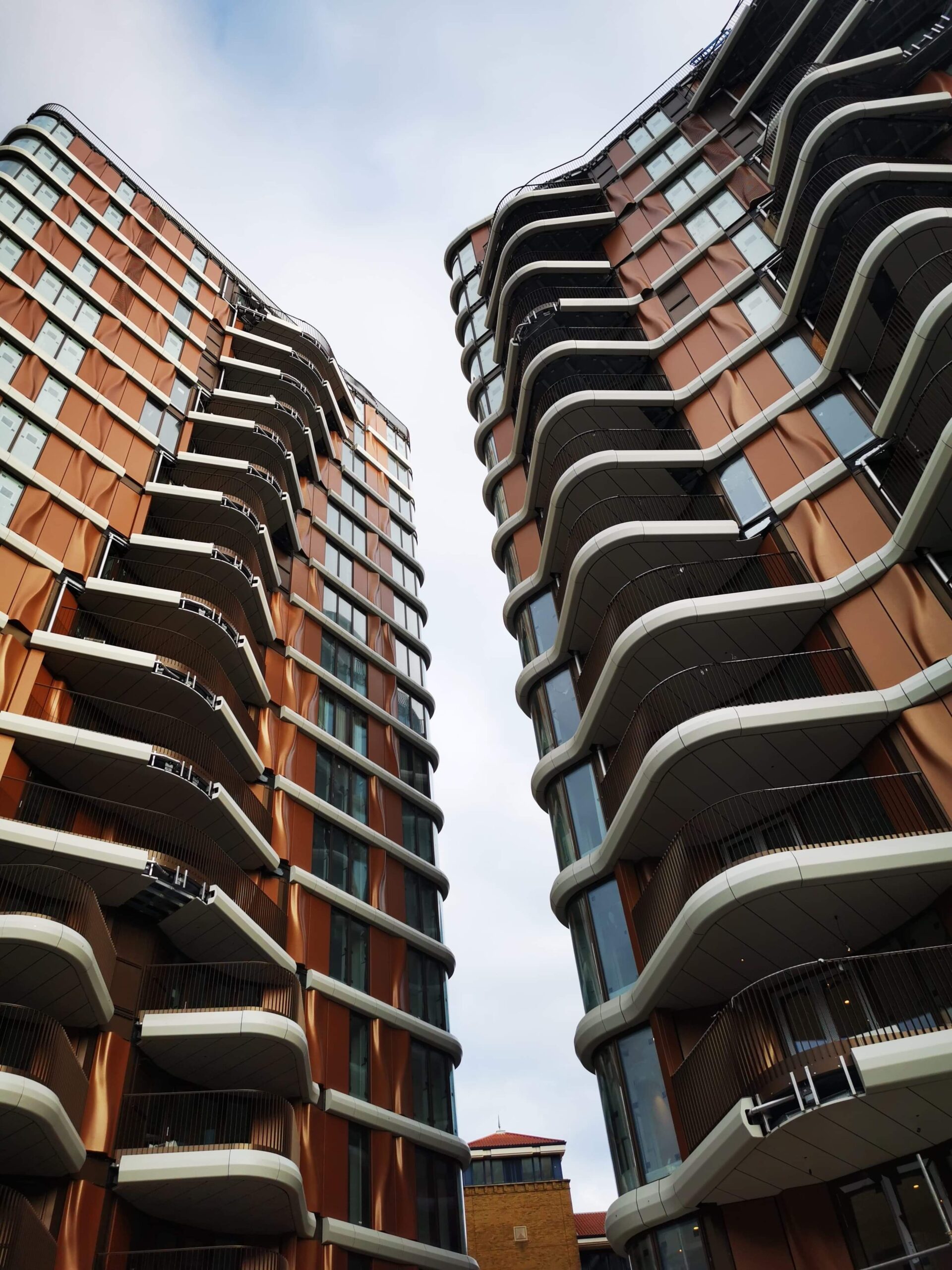What do fire door ratings mean?
Fire door performance is rated in terms of resistance, and therefore the contribution a door makes to compartmentation and slowing the spread of fire.
It is declared as a number of minutes – 30, 60, 90 or 120 minutes – and ratings can be determined by both British Standard or European Standard test methods. Under the British Standard, a fire door rated for 30 minutes resistance is designated FD30; one rated for 60 minutes resistance is designated FD60, and so on.
The rating for a fire door includes the complete assembly. That means the frame, intumescent seals, smoke seals (if required), lock, hinges, glazing and any other optional door furniture required for the application, all working in conjunction with the door leaf itself to achieve the necessary performance.
Where is the FD20 rating mentioned?
In England and Wales, Part B of the building regulations deals with ‘Fire safety’. The published Approved Documents feature tables in Appendix B describing the required performance of fire doors in different situations.
It is this appendix that refers to a fire door rating of FD20 being acceptable in some circumstances.
How does an FD20 door differ from an FD30 door?
It used to be possible to specify fire doors offering a dual classification of twenty or thirty minutes; a door rated as FD20 would be accepted as FD30 if fitted with intumescent seals.
To achieve an FD20 rating without intumescent seals, however, required extremely careful fitting of door leaf within their frames. Achieving this consistently when fitting doors on site, and then expecting the tolerances to be maintained throughout the door’s service life, was extremely unlikely.
The Building Control Alliance’s (BCA) Guidance Note 9, published in 2013, suggests that construction industry practice has not changed very much. In a section on intumescent seals, it says the installation of FD30 fire doors in site-made frames without seals remains common and continues to be accepted where the Building Control Body is satisfied it will provide a suitable level of protection to escape routes.
Are FD20 doors still available?
In establishing the BWF-Certifire Scheme, the British Woodworking Federation (BWF) and door manufacturers decided that FD20 fire doors would not be sold without intumescent seals – essentially meaning that an FD30 door had to be purchased to achieve FD20.
In 2017, the BWF’s response to the Independent Review of Building Regulations called for the FD20 standard to no longer be recognised by the construction industry.
So while there is still provision for FD20 rated fire doors to be included in specifications, in practical terms it is not possible to purchase such doors from trusted sources and, arguably, it is no longer considered good practice.
For more information on fire door testing and building regulation requirements, download our new ‘Guide to Fire Door Performance’ today.
About Soundcraft
Fire doors supplied by Soundcraft are compliant with British Standards and supported by the Q-Mark fire door installation scheme.
For more information on fire door installation, contact our technical team on 0800 988 1875 or email technical-sales@soundcraft-doors.co.uk




